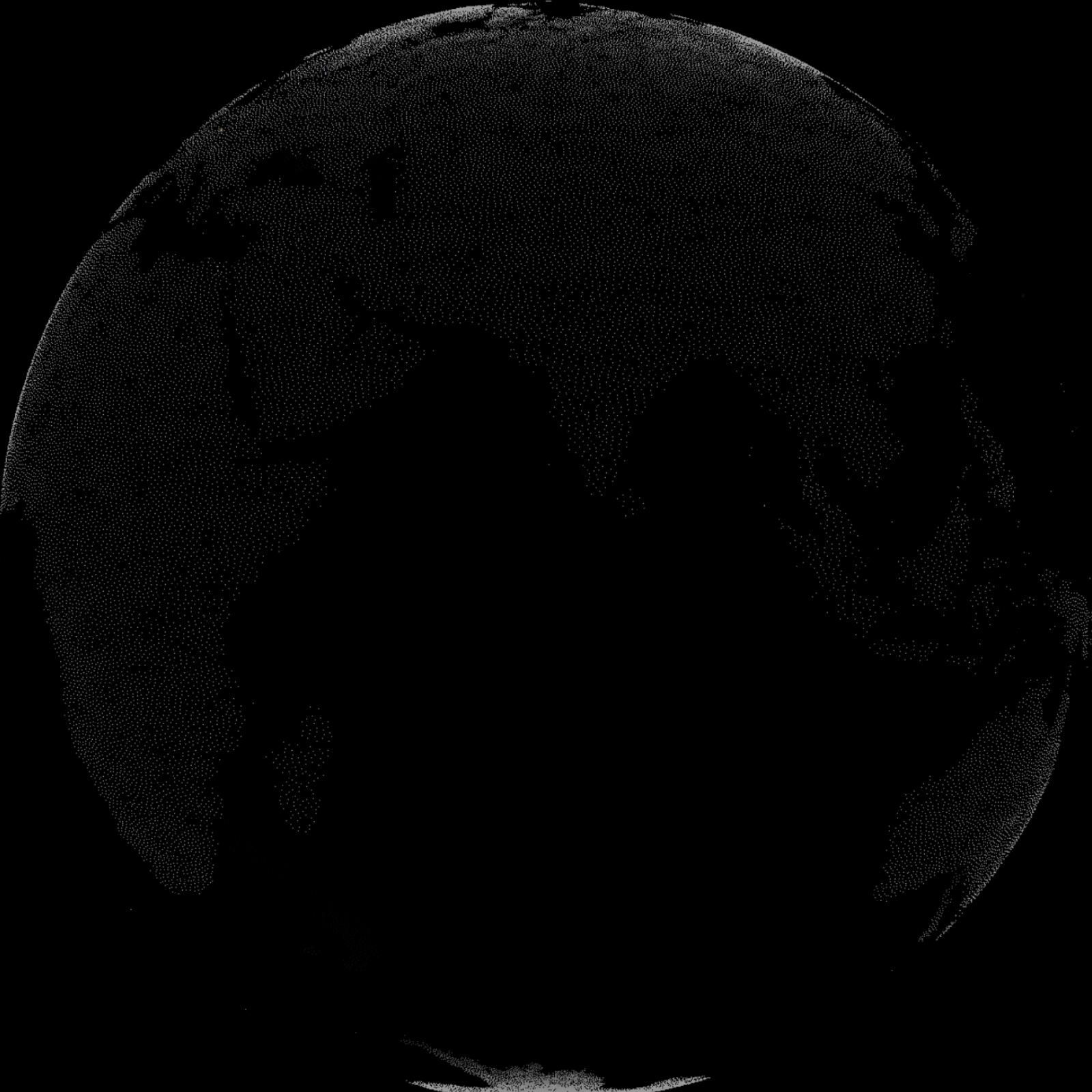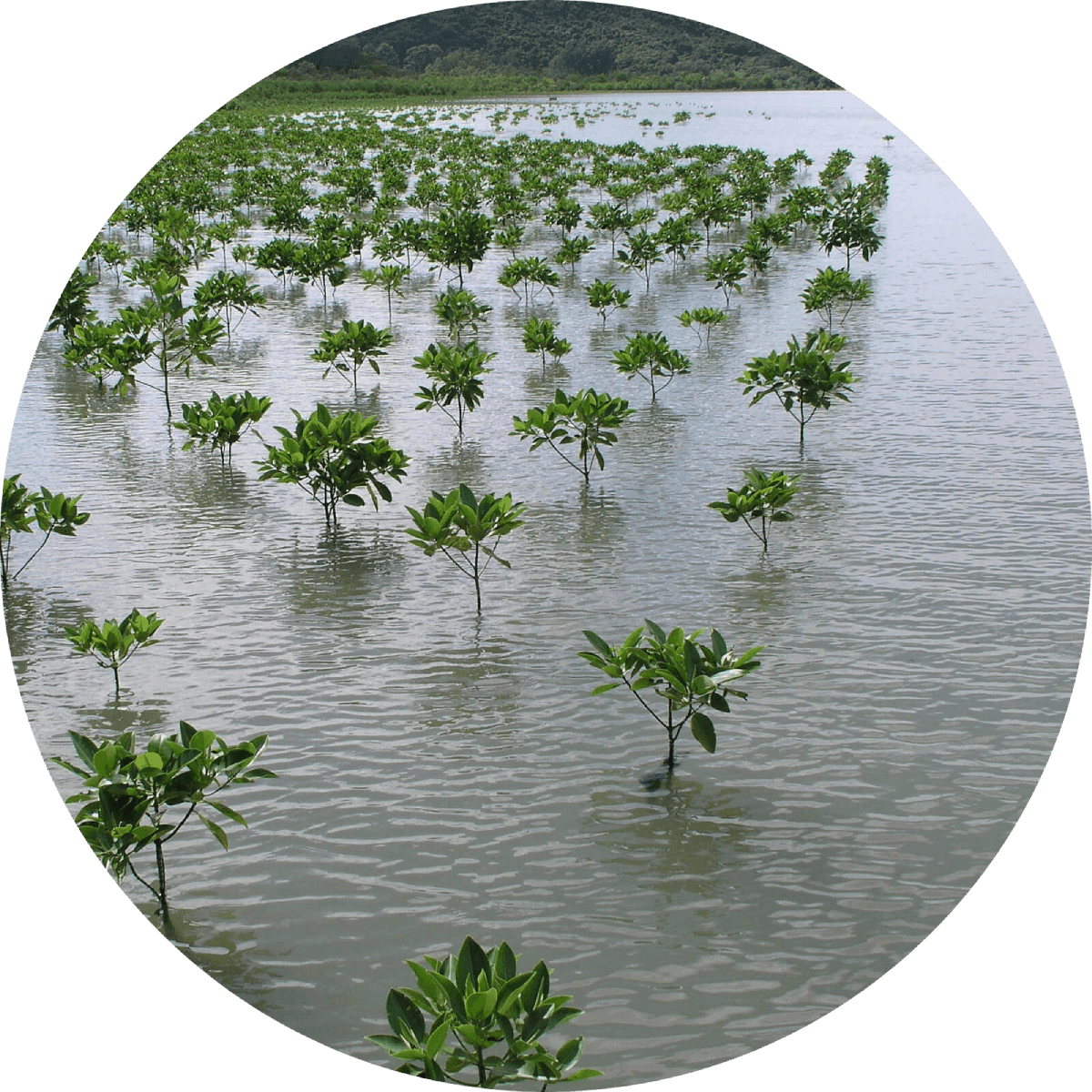"Polar bears in the southern Hudson Bay could go extinct as early as the 2030s because the sea ice that helps them hunt for food is thinning... Last month, the eastern half of Hudson Bay, home to the world’s most-studied polar bears, went ice free a month earlier than usual. Polar bears are used to an ice-free season of about four months when they rely on fat reserves until ice reforms and they can hunt blubber-rich seals... But the presence of sea ice doesn’t guarantee the bears will be able to hunt; it needs to be thick enough to support them... The concurrent loss of sea ice with depletion in snow cover significantly affects their preferred diet of ringed seals, which have a hard time keeping pups alive in their birthing dens if snow levels drop below 32 centimeters... “Beyond dealing with greenhouse gas emissions,” Dr. Derocher said, “there are no possible actions for long term management of the population.”"
“Federal wildlife officials on Monday called climate change the biggest threat to the survival of the polar bear and warned that without decisive action to combat global warming, the bears would almost certainly disappear from much of the Arctic. ‘It cannot be overstated that the single most important action for the recovery of polar bears is to significantly reduce the present levels of global greenhouse gas emissions,’ the officials wrote in a report released by the Fish and Wildlife Service. ‘The sooner global warming and sea-ice loss are stopped, the better the long-term prognosis for the species,’ they added.’”
“Organochlorines - for example, PCBs; polybrominated diphenyl ethers (flame retardants known as PBDEs, most of which originate from the United States); perflouroalkyl substances (e.g., perflourooctanoic acid and perfluorooctane sulfonate, called, respectively, PFOA and PFOS) . . . accumulate in the fatty tissues of marine organisms and become progressively more concentrated up the food chain . . . Because Polar Bears are at the top of the marine food chain, they tend to be exposed to very high levels of these pollutants.”
“The melting of the ice represents bad news for creatures like polar bears. A scientific study shows that, for the first time, polar bears have been drowning in significant numbers. Such deaths have been rare in the past. But now, these bears find they have to swim much longer distances from floe to floe. In some places the edge of the ice is 30 to 40 miles from shore.” - Al Gore
“Polar bear specialists met recently in Oslo, Norway, to review and assess the status of polar bear populations and to discuss continued cooperative efforts for the protection and management of the species and its habitats… The meeting of the Parties concluded that significant progress has been made in the protection of polar bears and their habitats as a result of the implementation of the International Agreement on the Conservation of Polar Bears.”
Entered upon by the governments of Canada, Denmark, Norway, the Union of Soviet Socialist Republics and the United States of America, “This Agreement is intended to protect the polar bear as a significant resource of the Arctic region through conservation and management measures, including prohibitions against taking of polar bears, trade in polar bears or polar bear parts, and ecosystem protection measures.”
“Although it is the nations bordering the polar seas that demonstrate the greatest interest in the polar bear, he actually belongs to everyone. Surely the peoples of the world would want to assure this great animal a place on the globe, not because he is something for hunters to shoot, but because he is the symbol of the Arctic and a worthy companion of mankind.”
“Father Polar Bear is large, ferocious and brave. He fears no enemy except the Eskimo and other men who hunt him. He is a great traveler. He wanders over many miles of ice and snow
in his never-ending search for food.
He is the Monarch of the Arctic.
He is Great Ice King . . .
All during the long, dark, Arctic winter, lighted only by the flickering flashes of the northern lights, he roams over ice and snow . . . He is a great meat-eater. But if he can find grass, he will eat it too, as Grizzlies do. Sometimes he climbs the mountains on the islands, and there he digs for birds called puffins hiding in the crevices of the rocks.”
“Records of 66 whaling ships active in Canadian waters from 1831 to 1913 register a harvest of 1,457 polar bears, or an average of 22.1 bears per ship. There were approximately 2,500 whaling ships active in the Canadian waters of Hudson Bay, Davis Strait and Baffin Bay in the 1800’s and early 1900’s. Multiplying this figure by fifteen (a conservative estimate of the number of bears harvested per ship based on whaling harvests) produces a figure of 37,500 polar bears harvested by whalers in eastern and central northern Canadian waters alone in this time period. When the waters of the Beaufort Sea are taken into account the figure rises to 40,000 or more . . .”
“the eskimos hunt and kill them for food, going out to meet them on the ice with spears and dogs . . . but how civilized people, seeking for heavens and angels and millenniums, and the reign of universal peace and love can enjoy this red, brutal amusement, is not so easily accounted for. Such soft, fuzzy sentimental aspirations, and the frame of mind that can reap giggling, jolly pleasure from the blood and agony and death of these fine animals, and their humanlike groans, are too devilish for anything but hell.”
“Mr. H.K. Elliott has submitted his report on the explorations among the Seal and other islands belonging to our Alaska possessions to the Secretary of the Treasury... On one small island visited by Mr. Elliott a great number of polar bears were found, where they had been living for centuries, perhaps, undisturbed. Several were shot and their skins preserved to be placed in the museum of the Smithsonian Institution.”
“So soone as we were come to an auker in Totnes Rode under mount Raleigh, we espied 4 white beares at the foote of the mount. We supposing them to bee goates or wolves, manned our boats, and went towards them: but when wee came neere the shore, wee found them to be white beares of a monstruous bignesse: we being desirous of fresh victual and the sport, began to assault them, and I being on land one of them came down the hil right against me; my piece was charged with haileshot and a bullet, I discharged my piece and shot him in the necke: hee roared a little and tooke the water straight, making smal account of his hurt.” - John Davis
“The earliest account of encounters with white bears is in Jacques Cartier’s voyage of 1534. A white bear was found on Funk Island... The following day, Cartier’s ship overtook a white bear swimming in the open sea and the men killed it.”
“In Inuit mythology, Nanuk (which means polar bear in Inuktitut) was the master of the bears. Inuit hunters worshiped the great bear, believing that he decided which hunter deserved success. Legend says that if a dead polar bear was treated properly by the hunter, it would share the news with other bears, and they would be willing to be killed by him. All of the meat – save for the liver – was to be eaten, the skin used for clothing (one bear can make three pairs of trousers and a pair of mukluks). Hunters were meant to pay respect to bear’s soul by hanging the skin in a special place in his house for several days, and the spirit was offered tokens . . . If, however, a hunter violated these rules and mistreated a bear or its spirit, other bears would avoid him and he would not be successful in his hunts.”


Learn about Maya Lin’s fifth and final memorial: a multi-platform science based artwork that presents an ecological history of our world - past, present, and future.

Discover ecological histories and stories of former abundance, loss, and recovery on the map of memory.

Learn how we can reduce our emissions and protect and restore species and habitats – around the world.

See how art can help us rethink the problems we face, and give us hope that each one of us can make a difference.

Help make a global memorial something personal and close to home. Share your stories of the natural world.